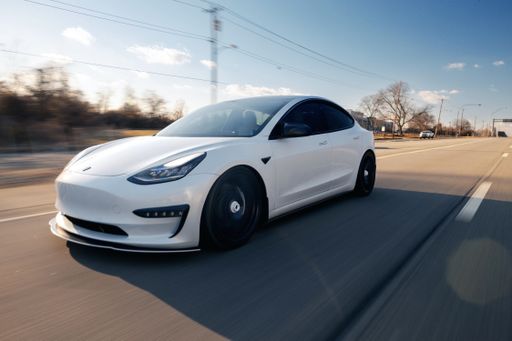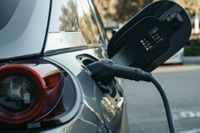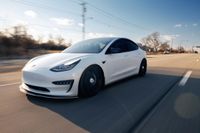The White House Just Announced a $623 Million EV-Charging Bonanza
The White House announced grants totaling $623 million to top up electric cars, bikes, and scooters.

More Charging Stations to Alleviate Range Anxiety
As the number of electric vehicles on American roads grows, the limited availability of charging stations becomes a concern. Unlike conventional cars that can refuel at numerous fuel stations, EV owners often struggle to find charging points, especially in areas known as 'charging deserts.' To address this issue and accelerate the electrification of transportation, the White House has allocated $623 million in competitive grants. These grants will fund the installation of 7,500 new charge ports, primarily in rural and low- to moderate-income areas. Additionally, some funds will be used to establish hydrogen fueling stations for vans and trucks.
This funding is part of the $7.5 billion set aside in the Bipartisan Infrastructure Law of 2021 for charging infrastructure and greener fueling. The goal is to build a nationwide charging network that supports the increasing number of electric vehicles.
According to the US Department of Energy, the country currently has around 161,000 charging ports. However, a study from the National Renewable Energy Laboratory suggests that by 2030, approximately 1.2 million ports will be needed to meet the demand from the growing EV fleet.
Progress Towards Electric Vehicle Adoption
While electric vehicle sales are rising in the US, the country still lags behind other nations such as Norway, Germany, and China. To boost domestic green industries, including battery manufacturing and charger manufacturing, the Biden administration has implemented policies. However, the success of these policies depends on whether they can create jobs for American workers and benefit all Americans.
To address the charging needs of communities that lack private parking spaces, half of the newly announced funding will be allocated to community projects. These projects aim to deploy EV chargers and hydrogen fuel infrastructure in areas such as schools, parks, and office buildings. Examples include Contra Costa County in California, which will receive $15 million for chargers at libraries, and the Chilkoot Indian Association in Alaska, which will receive $1.4 million for a charging station in the disadvantaged community of Haines.
The remaining funding will be dedicated to establishing dense networks of chargers along US highways. This will enable drivers traveling long distances in EVs to have reliable charging options. For instance, Idaho Falls, Idaho, will receive over $3 million to build four new charging sites along highways, while Kings Mountain, North Carolina, will get $800,000 to construct 34 charging ports in parking areas near two highways and a central business district.
The Impact of Charging Infrastructure
Increasing the number of charging stations in the US can have a significant impact on the adoption of electric vehicles. Research suggests that the visibility of chargers influences drivers' willingness to consider going electric. A survey conducted by McKinsey found that 42 percent of 'EV skeptics' would only consider an electric vehicle if public chargers were as abundant as gas stations.
However, the process of installing chargers can be challenging. It often involves navigating local permitting rules and dealing with parts delays, resulting in lengthy installation periods. Some states that received previous funding for charging infrastructure struggled to meet the associated rules. Despite these obstacles, a few states managed to break ground on new charger sites last fall.


